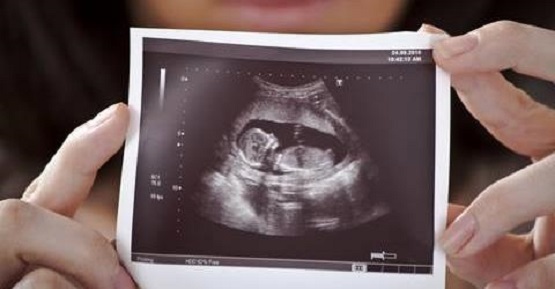In vitro fertilization(IVF) is not a pro-life procedure for several reasons, including that the process necessarily includes leaving human embryos to be frozen or discarded, a professor of theology explained in a recent article.
“In order for IVF to be successful, multiple eggs are fertilized—that is, multiple humans are created—but only some of them are implanted in the womb,” Dr. Richard DeClue wrote in a September 16 article for Word on Fire. DeClue has an undergraduate degree in theology from Belmont Abbey College and three ecclesiastical degrees in theology from Catholic University of America.
“The rest are discarded or frozen indefinitely, which is contrary to their human dignity,” he added.
According to the National Embryo Donation Center, there are currently approximately 1,500,000 frozen embryonic human beings in the United States.
Additionally, DeClue later highlighted a recent statistic that “only 7 percent of embryos resulting from IVF will make it to live birth.”
HELP LIFENEWS SAVE BABIES FROM ABORTION! Please help LifeNews.com with a donation!
In some cases, more than one human embryo is transferred to the woman’s uterus, to increase the chance of a successful implantation, DeClue explained. He pointed out that the Mayo Clinic states that it is possible for more than one human embryo to implant in the woman’s uterus at a time, resulting in “a multiple pregnancy.”
If this happens, the Mayo Clinic states, “A surgery called fetal reduction can be used to help a person deliver fewer babies.”
DeClue indicated that “fetal reduction” essentially means a selective abortion.
Moreover, not only is abortion sometimes employed in the process of IVF, but, according to DeClue, “eugenics is not uncommon either.”
During the stages before implantation, human embryos created in the laboratory are subject to testing for genetic diseases. DeClue cited another author from Word on Fire, Mark Bradford, who previously wrote that human embryos who appear to have genetic anomalies, such as Down syndrome, are not chosen for implantation. Instead, they are discarded.
DeClue also explained why the Catholic Church teaches that the use of IVF is a grave sin, noting that several steps in the IVF procedure are intrinsically immoral.
The process of fertilizing an egg in a laboratory to create a human embryo involves “the separation of the unitive and procreative aspects of the marital act,” DeClue wrote, which is “contrary to natural and divine law.”
“During the process,” DeClue explained:
the woman takes “medicines to spur the growth of sacs in the ovaries that each contain an egg” and “a procedure is done to collect the eggs.” For the man’s part, “most often, the semen sample is collected through masturbation,” although other procedures are sometimes used such as “testicular aspiration” which “uses a needle or surgery to collect sperm directly from the testicle.” Of course, masturbation is an objectively grave sin, as the Catechism teaches (see CCC 2352).
The eggs are then fertilized with the collected semen in the laboratory. This is where the term in vitro comes from. It literally means “in glass,” referring to a laboratory dish.
As CatholicVote previously reported, the Catholic Church has condemned both surrogacy and IVF, teaching that “children have specific rights that protect them from being treated as commodities or scientific projects.”
In March, Students for Life Action President Kristan Hawkins, a Catholic, pointed out on a social media thread about IVF: “Children are gifts and should always be treated as precious, valuable, and with respect.”
In the same thread, Hawkins wrote that “[t]he IVF Industry profits off the struggles, fears, and good desires of couples, while ignoring medical healing that could address the cause of many couples’ seasons of infertility.”
CatholicVote has a list of Catholic videos on IVF and infertility, which can be found here.
LifeNews Note: McKenna Snow writes for CatholicVote, where this column originally appeared.








